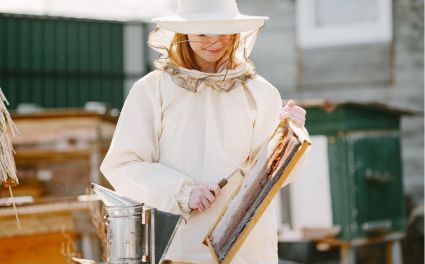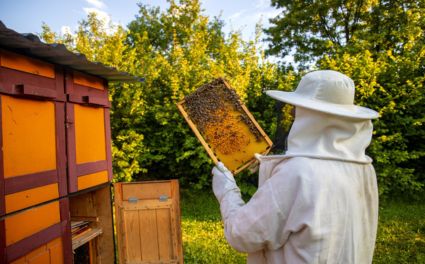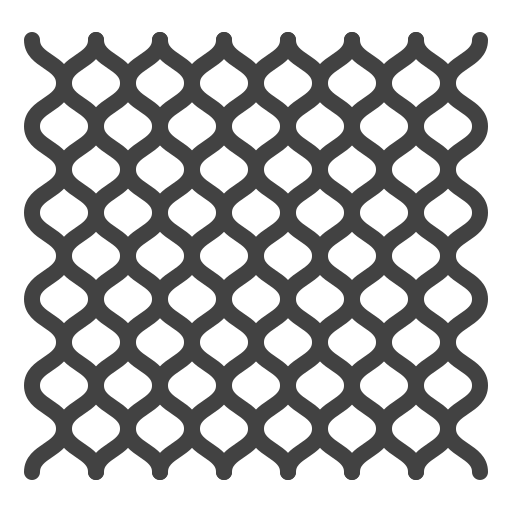Selecting the right brood boxes is one of the most crucial decisions you'll make as a beekeeper. Brood boxes are the foundation of your hive, providing the space where your queen lays eggs and your colony grows. In this guide, we’ll explore everything you need to know about choosing the best brood boxes for your beekeeping operation, ensuring your bees thrive and your hive remains healthy.
Brood boxes are essential components of a beehive, serving as the main living space for the queen and her brood (eggs, larvae, and pupae). These boxes are typically placed at the bottom of the hive, where the queen has ample space to lay her eggs, and the worker bees can nurture the developing brood. Proper bee brood management is key to maintaining a strong and productive colony.
The Role of Brood Boxes in Bee Colony Management
Brood boxes are integral to the overall beekeeping operation. They not only house the future generations of bees but also play a critical role in maintaining the hive’s temperature and humidity, which are vital for brood development. Selecting the right brood box size and type can significantly impact your bee colony management practices and the health of your bees.

Types of Brood Boxes
Langstroth Brood Boxes: The Standard Choice
Langstroth brood boxes are the most commonly used in beekeeping. They are known for their modular design, making it easy to add or remove frames, inspect the hive, and manage bee brood effectively. These boxes are versatile and suitable for both beginners and experienced beekeepers.
Alternative Brood Box Designs: Top-Bar and Warre Hives
For those interested in natural beekeeping, top-bar and Warre hives offer alternative brood box designs. Top-bar hives allow bees to build comb naturally, while Warre hives mimic a more natural environment for the bees. Each of these alternatives has its pros and cons, depending on your beekeeping goals and style.
Comparing Different Hive Configurations
When choosing brood boxes, it’s important to consider the overall hive configuration. Langstroth hives are preferred for their ease of use and scalability, while top-bar and Warre hives appeal to beekeepers focused on a more hands-off approach. Your choice will depend on your specific needs and the level of involvement you desire in bee brood management.
Factors to Consider When Choosing Brood Boxes
Size Matters: Choosing the Right Brood Box Size
The size of your brood box should be dictated by the size of your bee colony and the local climate. A larger brood box provides more space for the queen to lay eggs, which can lead to a stronger colony. However, too large a box can make it difficult for bees to maintain the necessary hive temperature, especially in cooler climates.
Material Considerations: Wooden vs. Plastic Brood Boxes
When it comes to brood boxes, material matters. Wooden brood boxes are traditional and offer natural insulation, but they can be heavier and require more maintenance. Plastic brood boxes are lighter and more durable, though they may not provide the same level of insulation as wood. Beekeeping equipment should be chosen based on the specific needs of your bees and your management style.
Ventilation and Accessibility
Proper hive ventilation is crucial to prevent moisture buildup, which can lead to mold and other issues in the brood box. Additionally, accessibility is key—brood boxes that are easy to open and inspect will make hive management simpler and more effective. Regular inspections help ensure the health and productivity of your hive.
Maintaining and Caring for Brood Boxes
Regular Inspections and Maintenance
To keep your brood boxes in top condition, regular inspections are necessary. Check for signs of wear and tear, such as cracks or damage from pests. Proper hive maintenance also includes cleaning the brood boxes to prevent disease and ensuring that the bees have a healthy environment for raising brood.
Common Issues: Mold, Pests, and Wear
Mold and pests like wax moths can pose significant threats to your brood boxes. Regular inspections will help you identify and address these issues early on. Implementing pest control in hives is essential to protecting the brood and ensuring the longevity of your equipment.
When and How to Add or Replace Brood Boxes
Signs Your Hive Needs More Space
As your bee colony grows, you may need to add additional brood boxes to accommodate the expanding population. Signs that your hive needs more space include overcrowding, visible congestion at the entrance, and reduced honey production. Hive expansion should be done carefully to avoid disturbing the colony.
Best Practices for Adding and Replacing Brood Boxes
When adding new brood boxes, it’s important to do so gradually and during a period of colony growth, such as early spring. Replacing old or damaged brood boxes should be done promptly to prevent any negative impact on the hive. Proper timing and technique will ensure a smooth transition and continued colony health.

Ensure Safety with OZ Armour’s Beekeeping Suits and Gloves
As you focus on maintaining your hive with the right brood boxes, it's equally important to ensure your safety with high-quality protective gear. At OZ Armour, we offer a dedicated collection of Beekeeping Suits , Beekeeping Gloves, Beekeeping Veils, Beekeeping Trousers, Beekeeping Suits For Kids, Pink Beekeeping Apparels, Tools & Accessories and Beekeeping Gloves designed to provide maximum protection and comfort. Our suits are crafted with superior materials to guard against stings, while our gloves offer the dexterity needed for handling delicate hive inspections. Investing in reliable gear from OZ Armour ensures you can manage your beekeeping operation with confidence and peace of mind, knowing both you and your bees are well-protected.
Conclusion
Choosing the right brood boxes is fundamental to the success of your beekeeping operation. By considering factors like size, material, ventilation, and maintenance, you can create an optimal environment for your bees to thrive. Regular inspections and timely expansions will keep your hive healthy and productive. Additionally, protecting yourself with high-quality beekeeping gear, such as the suits and gloves from OZ Armour, ensures that you can manage your hive safely and effectively. With the right tools and knowledge, you can maintain a thriving beekeeping operation and enjoy the rewards of healthy.
Want to learn more? Read more blogs about beekeeping and explore high-quality protective gear from OZ Armour, including jackets, suits, gloves, veils, trousers, kids’ suits, and ankle protection.












